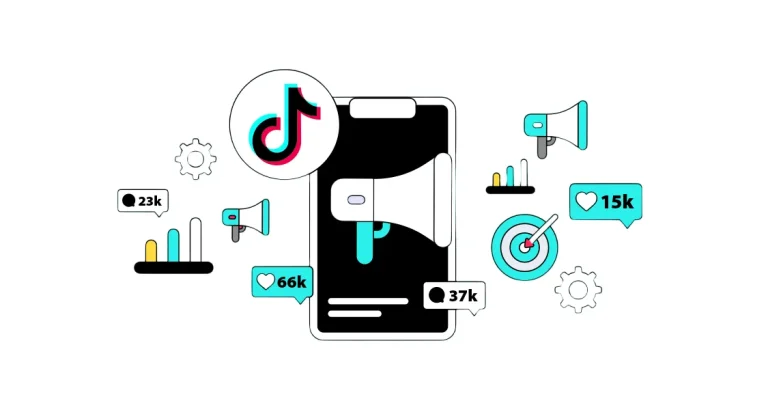Social Media
In the world of digital marketing, measuring campaign performance and accurately analyzing traffic sources is critically important. This is exactly where UTM parameters come into play. So, what is UTM, how does it work, and why should it be used? Let’s answer these questions together.
What is UTM?
UTM (Urchin Tracking Module) refers to parameters added to URLs in order to track the source, campaign details, and engagement channels of traffic coming to your website. Derived from the Urchin software acquired by Google, this system is now integrated with Google Analytics, allowing you to report on the performance of your marketing efforts in detail.
UTM parameters are small snippets of code appended to the end of a standard URL. For example:
https://www.arifogluonline.com/?utm_source=facebook&utm_medium=social_media&utm_campaign=summer_campaign
These codes allow you to track where users are coming from (Facebook, email, ads, etc.), which campaigns are effective, and which content is getting the most clicks.

Why is UTM Used?
The main purpose of UTM is to classify traffic sources accurately and measure the ROI (Return on Investment) of your marketing efforts. Here are five important reasons to use UTM:
Analyze Campaign Performance
With UTM, you can clearly see which ad, email, or social media post drives more traffic or conversions.
Understand Audience Behavior
By analyzing user preferences based on the traffic source (utm_source) and medium (utm_medium), you can optimize your strategy.
Cost-Effective Optimization
Identify which channels deliver better results with less cost, so you can allocate your budget wisely.
Guide Content Strategy
Track clicks associated with specific content (utm_content) to understand which titles or visuals attract more attention.
Ensure Reporting Consistency
When all team members use the same UTM parameters, data becomes standardized and easier to compare.
How to Create UTM Parameters?
There are 5 main UTM parameters:
- utm_source: Source of traffic (e.g., google, facebook, newsletter).
- utm_medium: Medium of traffic (e.g., cpc, social_media, email).
- utm_campaign: Campaign name (e.g., summer_sale_2025).
- utm_term: Keywords used in search ads (e.g., seo_service).
- utm_content: Used to differentiate content variations in A/B testing (e.g., red_button).
Instead of adding these manually, you can easily create UTM-tagged URLs using Google’s free Campaign URL Builder tool.
Things to Consider When Using UTM
URL Shortening: Use tools like Bitly or Rebrandly to shorten long URLs for a cleaner appearance.
Consistency: Stick to the same naming conventions for parameters.
Meaningful Names: Use descriptive tags like “2023_product_launch” instead of vague ones like “campaign1”.
Lowercase Usage: Avoid uppercase-lowercase inconsistencies that can cause data errors.
UTM codes are indispensable tools for making data-driven decisions in digital marketing. When created with the right parameters, UTMs help increase your ROI, optimize your campaigns, and standardize your reporting processes.
For information about Marker Groupe’s services, you can contact us through the MarkerGroupe.com website or via email at hello@markergroupe.com.




